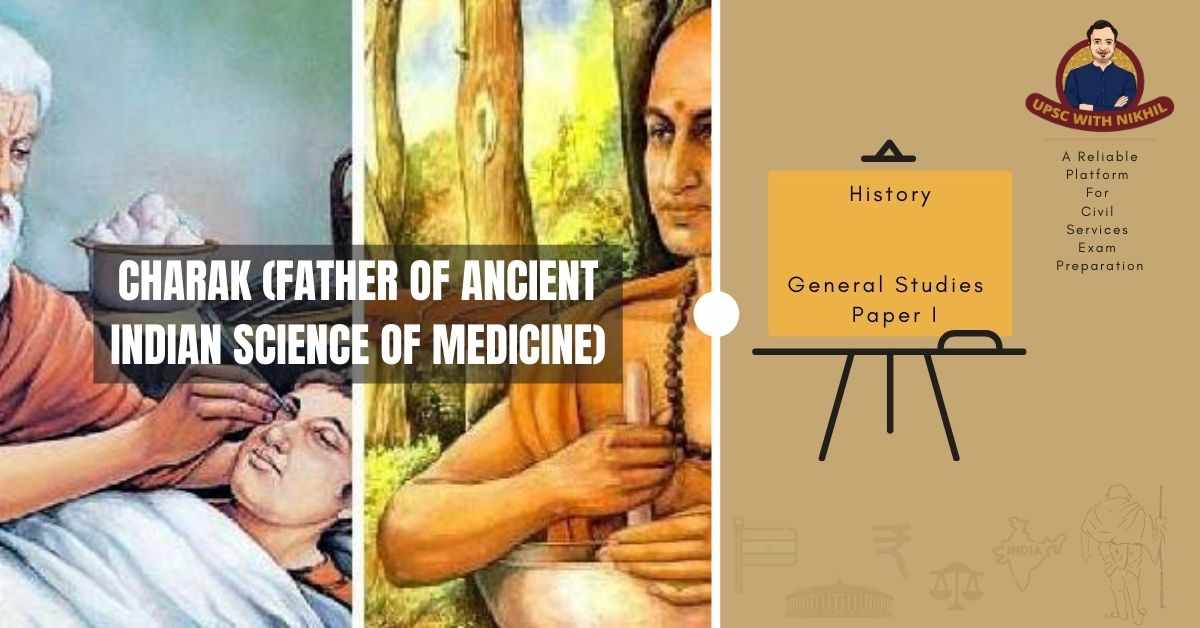Charak
Indian medicine has a long and illustrious tradition. The sacred writings known as the Vedas, especially the metrical passages of the Atharvaveda, which may date as far back as the 2nd millennium BCE, contain its earliest concepts.
The production of the medical treatises known as the Charaka-samhita and Sushruta-samhita, attributed respectively to Charaka, a physician, and Sushruta, a surgeon, marked the golden age of Indian medicine, which lasted from 800 BCE to about 1000 CE. These works served as the foundation for all subsequent writings on Indian medicine.

Acharya Charak, a central contributor to Ayurveda's ancient art and science, medicine, and lifestyle system established in Ancient India, was born in 300 BC. The “Charak Samhita,” his most famous book, is regarded as an Ayurvedic encyclopaedia.
Charaka-samhita, also Caraka-samhita or Caraka-sahita, is a detailed text on ancient Indian medicine attributed to Charaka, a practitioner of Ayurveda, India's traditional medical system.
The Charaka-samhita, in its current form, is believed to have originated in the first century CE. According to ancient Indian medicine studies, the original text was written by Agnivesha, one of six disciples of Ayurvedic scholar Punarvasu Atreya, many centuries ago (the other five disciples were Bhela, Jatukarna, Parashara, Harita, and Ksharapani). Each of the disciples went on to write their own samhitas, combining both Atreya's ideas and their own understanding of the subject. The Agnivesha-samhita, written by Agnivesha, was unlike any other in terms of depth and quality. It became known as the Charaka-samhita after Charaka refined and annotated it. The treatise was divided into eight parts, or ashtanga sthanas, by Charaka: sutra, nidana, vimana, sarira, endriya, chikitsa, kalpa, and siddha; each section had multiple chapters.
Although Charaka studied all aspects of medicine, including the logic and philosophy behind the Indian medicinal method, he focused on disease diagnosis and viewed Ayurveda as a holistic health-care system that addressed both preventive and curative aspects. He also went into great detail about foetal generation and growth, human anatomy, and the role and malfunction of the body according to the tridosha (body's three humours)—vata, pitta, and kapha. He also spoke about how illnesses are categorised.


